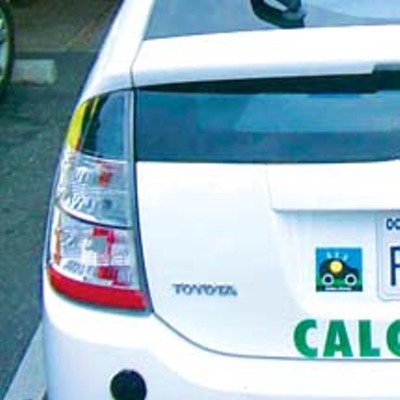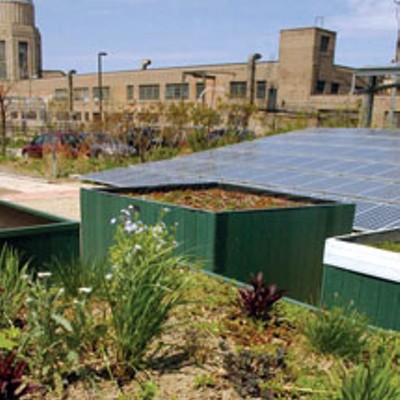Dear “Earth Talk”: What is “sprawl,” and how do we keep it in check for the sake of the environment? — G. Korchowsky, Yardley, Pa.
Sprawl is the tendency of cities to expand into outlying agricultural and rural lands, resulting in the development of suburbs where there was once open space. The negative effects of sprawl include the loss of parks and farmland, clogged highways, and urban decay as people abandon metropolitan centers. It is usually driven by human-population increases and — ironically — people’s desire to escape the “concrete jungle” to quieter and more natural surroundings.
According to Tim Frank of the Sierra Club, sprawl in fact destroys more than 2 million acres of parks, farms, and other open space each year in the United States alone. Furthermore, by spreading development out over large amounts of land, sprawl puts longer distances between homes, stores, and job centers, making people more and more dependent on driving. This reliance on driving in turn leads to more roads and highways that churn up natural landscapes and bring increased smog and pollution.
Staving off sprawl is a complex and often contentious endeavor, with real-estate developers pitted squarely against preservationists. The good news is that an association of organizations called the Smart Growth Network is working to promote development that boosts the economy while protecting the environment and enhancing community vitality.
SGN was formed in 1996 by the U.S. Environmental Protection Agency in partnership with several other government agencies and nonprofit organizations, including the Sierra Club. Promotion of public transportation, keeping farms economically viable, preservation open space, and restoration of urban centers are key elements of SGN’s fight against the negative impacts of sprawl. “What we are doing is carrying out activities to educate people about the consequences of sprawl and help them realize that steps can be taken to create smart growth,” says Frank.
Even the National Aeronautics and Space Administration is lending a hand. The agency’s NAUTILUS project provides city planners with satellite data to help with decision-making regarding zoning and development. In test regions throughout the northeastern United States, city planners are working with NASA on developing growth projections based on satellite maps and historical growth trends.
Whether these efforts are any match for the frontier ethic that still dominates American culture is yet to be seen. And with many less developed nations building up their industrial infrastructures, on a global scale the sprawl problem is likely to get worse before it gets better.
For more information: Sierra Club, www.sierraclub.org; Smart Growth Network, www.smartgrowth.org; NASA NAUTILUS program, science.nasa.gov/headlines/y2002/11oct_sprawl.htm.
Send questions to “Earth Talk” in care of E/The Environmental Magazine, P.O. Box 5098, Westport, CT 06881; or e-mail [email protected].



















